Brand Extension: Definition, Strategies and Examples
As the business environment is developing nowadays, the profile of the organizations and the way they conduct business are also different now too. Your business is now impacted a lot by technology and globalization. With the global brands being present in multiple markets, the need for local factors and sensibilities has arisen to be built into the brand and brand management too.
Imagine when you look at the shelf in the supermarket, you will be more likely to get excited when there are variations of the same brand with little difference. That is a good example of brand extensions which is the latest strategy adopted by brand managers to exploit the brand value. This marketing strategy form often uses the opportunity to launch new products under the same brand, which borrows the alike positioning for the existing product, even though they are in different categories. This is becoming more and more today, but whether such brand extensions are really required and worthwhile?
In order to answer that question, I have this Brand Extension: Definition, Strategies and Examples article today in order to give you a broader view of this subject.
What exactly is Brand extension?

According to Wikipedia, Brand extension, which is also called brand stretching, is known as the use of an established brand name in new product categories. It is a marketing strategy that includes a firm marketing a product with a good visual that utilizes the same brand name in another product category. Take Nike’s brand as an example, its core product is shoes. However, it is now extended to sunglasses, soccer balls, basketballs, and golf equipment, and so on.
Why should business do Brand extension?
Brand extension outside its core product category can be a good point as it can assist you in evaluating product category choices and the ability to identify resource requirements, lowers risk, and measures the brand’s relevance and appeal.
In detail, as the competition is becoming higher and more intense amongst brands in the market place, then the brand managers are usually under pressure on multiple fronts. First is about the brand’s growth in market share; they have to make sure the continual effort to deliver the true value for the brand. Second is about the increasing expectations of management in the brand for its revenue growth, market share, and the bottom line as well.
When the brand managers are forced to opt for brand extension strategies in order to create the product differentiations and to get more revenue streams. At that point, it is so crucial for the brand extensions to reign in some niche segments that can not be addressed by the parent brand, and it can really help the brand to gain its market share too.
What is more, Brand extensions are also known as the most natural progression for brands because it often requires the organizations to invest a lot in manufacturing and technology to launch the parent brand and maximize returns on investment. However, it is challenging to guess the exact result for this as it depends on what brand extensions have been mixed in the market as well.
Pros and Cons of Brand extension

Pros of Brand extension
There are a lot of advantages when you choose to extend your brand:
-
Customers will accept new products easier.
-
Existing products will be recognized easier by customers when they are linked to a particular brand. As a result, you can reduce the risk of being perceived by the customers regarding the brand.
-
The brand image can get more enhanced, which is also the customer’s current view of the brand.
-
If you have a good brand name, then the customer interest and readiness to buy new products can increase.
-
Reduce the cost of spending for advertising, selling, and promotions because your brand is now well-known in the market.
-
Able to avoid the cost that refers to elements for developing the new brand.
-
Brand visibility quality will be higher.
-
When you launch your new products to the parent brand, the parent brand will be known more, at the same time, it can be leveled up its visibility in the market.
-
The brand will get more energy to receive, and more clarity when there are many new products launched under the parent brand.
-
You can get the market coverage extended when there are more new customers get in to buy new products.
-
Another source of energy for the brand is provided.
-
The frequency for the new product can be enhances for the brand that is linked with good quality.
-
Customers will have the ability to see the brand name more often as the perception of the brand will be strengthened.
-
The strategy will be more defensive.
-
The brand will be helped a lot in fighting against its competitors.
Cons of Brand extension
There are a few drawbacks of brand extension that you should know:
-
First is about the ability to lead to brand dilution. When Brand dilution is a factor that weakens the power of the brand for its overuse, especially when the company utilizes the brand extension strategy for almost every industry that it would like to invest in, and it doesn’t need to consider the logical relationship between the existing and new products. As a result, the customer can be confused by this as they don’t know what the brand stands for and what to expect from it.
-
Second is about the chance of destroying the existing brand image: When the spin-off can not stand up to the expectations of the target market, at the same time, it has the positioning strategy backfires, then the existing brand image will be more likely to be affected in a negative way by this.
Different types of Brand extension
Brand extension is normally categorized into 8 types below:
Line extension
When the brand extension is the extension of the width of the product mix, then line extension is known as the extension of the product line. In case the different product formed is a completely a new product category, then it will be considered as a brand extension. This kind of extension is created to include an extension of the existing product category. For instance, when Coca-Cola came out with its Diet Coke variant, which is a line extension because Coca-Cola didn’t release a totally new category.
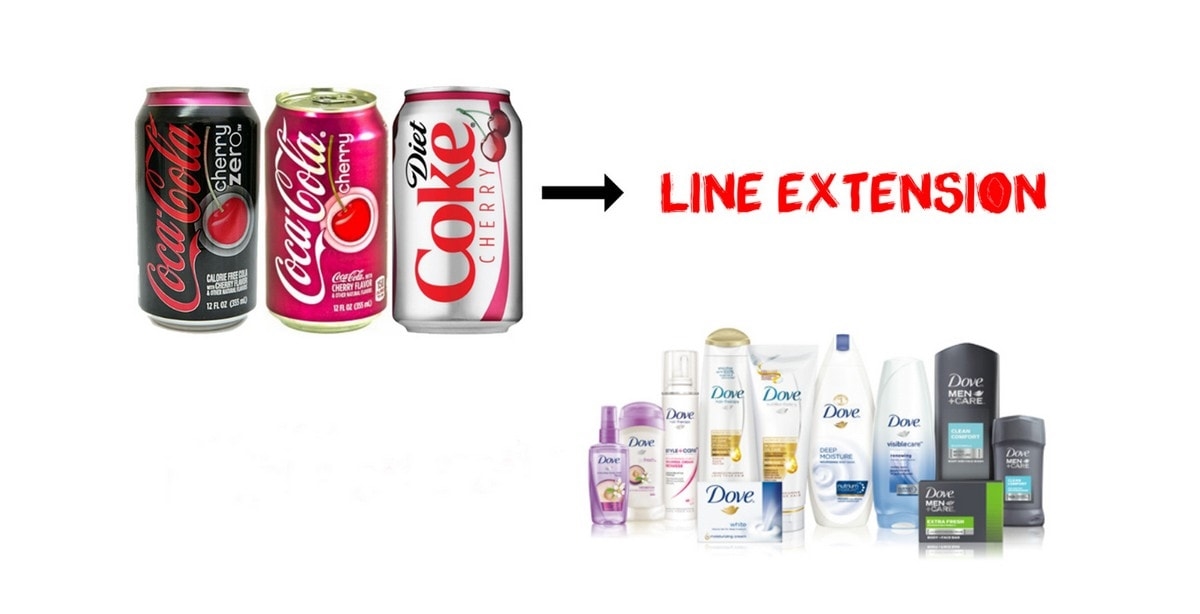
Product extension
This is when we launch the same product in a different form as a result of different product category’s competition. For example, when Snickers used Product extension to launch Snickers ice cream bars. Then, the product still belongs to a different product category even it has just changed its form.
Customer franchise extension
This customer franchise product range type is for when there are a lot of specific needs for the product of specific customer groups with the extended range. This type concentrates on the demands of the customer as well as making sure about the customer satisfaction that can be obtained from the group. For instance, the Johnson and Johnson brand create their different products under the same name for all ranges of customers like baby products, baby shampoo, and many more.
Company expertise extension
This Company expertise extension strategy is about a company extension of its expertise and its brand name to a new product. Specifically, the expertise of a particular company will be extended to a new product category or a brand category.
Take Sony as an example, this brand has started out as a player in Walkman. Gradually, it serves mobile phones, Smartwatches, speakers, headphones and many other extended product categories.

Brand distinction extension
Many brands nowadays are focusing on the original factor with regards to the advantages that they can offer or the way they can transfer its utility like attracts the customer to the brand, for example. Then, many companies have made use of these benefits, together with the existing brand name, so that they can enter into new niches and industries. They work backward and try to launch a different product and obviates this distinction.
For instance, Apple always focuses on promoting security to fulfill the distinction by launching a wide range of products with amplified security.
Brand prestige extension
This kind of brand prestige extension is about extending the brand image to a new product so that it can launch in an entirely unrelated product category. The same popular name will be utilized for a range of unrelated products, and the names are usually associated with the different product for a long-time recharge then.
For example, the is a known automobile brand, which is BMW has extended its brand prestige to the products as it came out in the apparel industry and accessories.
Extension by leveraging a lifestyle
There are some brands who have successfully positioned themselves as a part of a specific lifestyle as they generate a way of living, style as well as the possibility to set of values or interests. As a consequence, they are famous for their lifestyle brands. This type is not well-known for its distinct benefit or component but a distinct visual style for the customers to emotionally relate to.
For example, it could be a luxury, rugged work ethic, or outdoor lifestyle. Then, they will take advantage of the positioning strategy to extend their range of offerings.
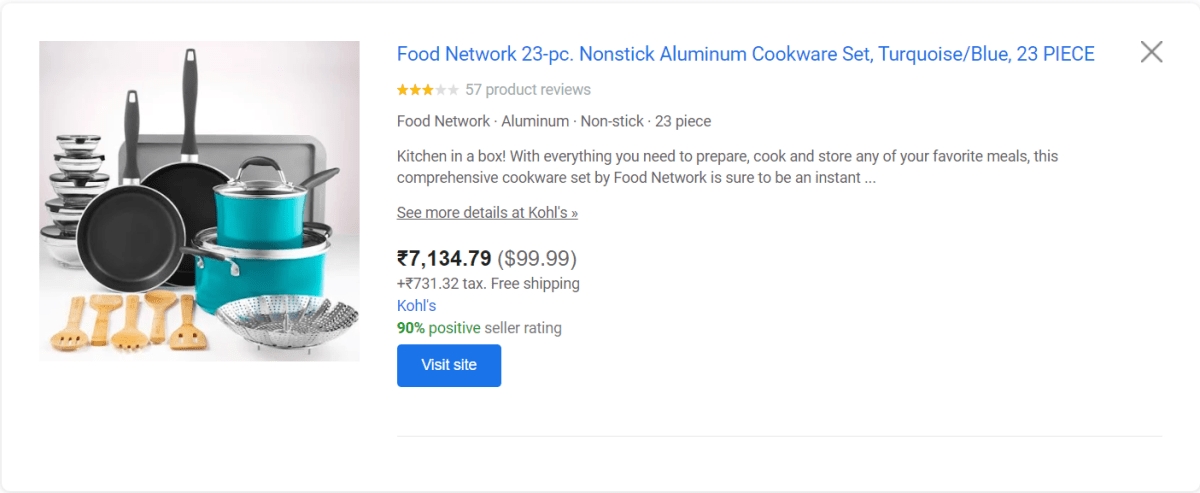
Red Carpet brand extension
This type of extension is often utilized by those who want to expand into industries not related to the existing sector they operate in. Also, they might just want to borrow brand equity of a current influencer in that industry as well. When a celebrity, an industry expert, or an influencer lends his name, knowledge, and expertise to a brand to help it extend its product offerings, this will be a significant example of Red carpet brand extension.
For example, the Yankee shortstop, Derek Jeter, has collaborated with 24 Hour Fitness with a view to lending his brand equity to a chain of Signature Clubs named for him in chosen locations of the gym.
How to make a strong brand extension strategy?
So now that you know about the brand extension, and you need a strategy for your business to get greater revenue as well as more market chances. Nevertheless, a brand extension strategy will need a wide range of focus and hard work throughout all the process. So, you will need some tips for this:
Find out what makes your company valuable
When you want to develop your existing brand presence with a new product, service, or offering, so you have to care about the elements that make your company valuable right the first time the buyers saw it. In order to do this, you should go into the nature side of your company, as well as define the things that customers said that they like about your organization. As a result, you will be able to bring them over into your brand extension.
For example, when you notice the fact that your existing audience that enjoys your strong CSR strategy, then you can plan to attract them with a variety of products and ensure that you take this responsibility as the main part of your product launch.
Remain consistency of your brand
One of the essential ingredients of a brand extension strategy lies in consistency. If your business lacks consistency in its strategy, then you will be more likely to make your customers confused by not understanding why you released a product or service, which they think is not fit for your brand. In addition to that, when your clients can not recognize your company when you have new products. As a result, you seem to be unable to take advantage of your existing reputation.
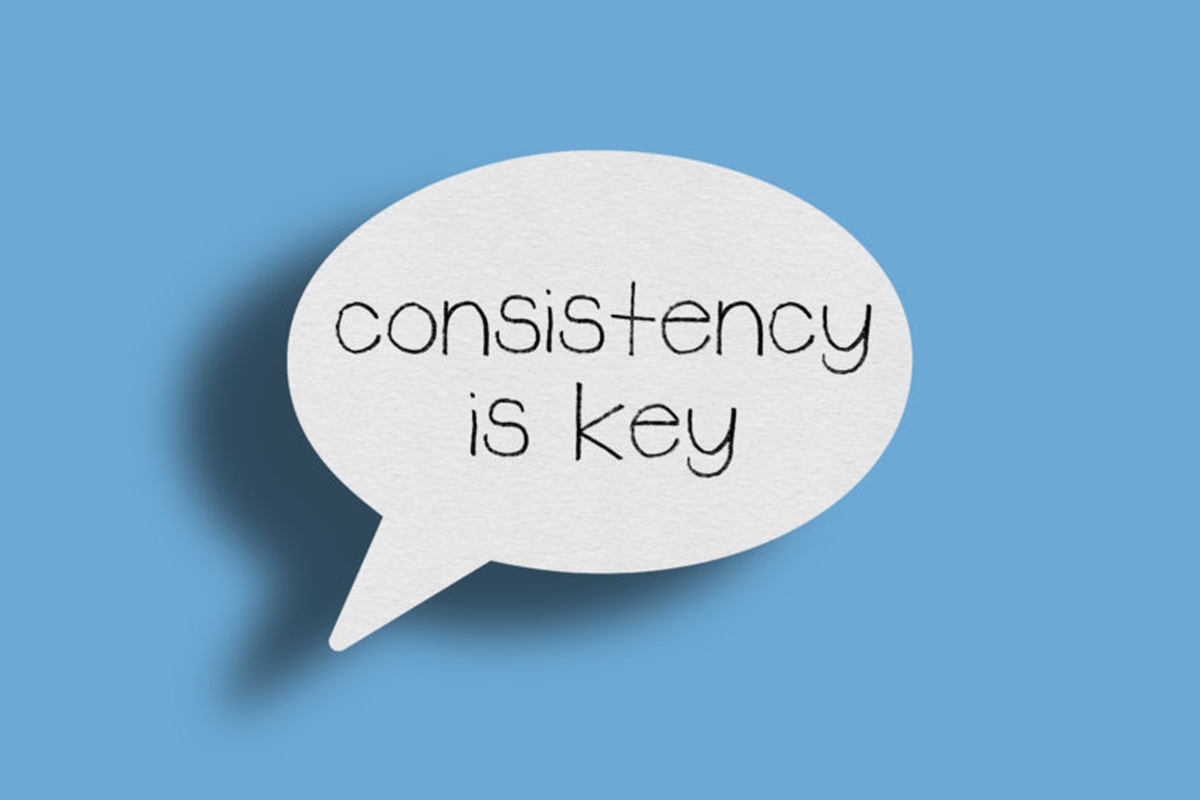
Hence, try to make sure that the image of your brand can cover your new products, which means you should put the same logos, brand colors as well as the most featured image. Also, try to ensure that the tone of voice and the traits in your marketing campaigns still can stay the same.
Know your market
Imagine when you just about to move your products and services into a new niche, then you will have to figure out what elements that the market needs from you. Specifically, this is like your marketing and sales teams need to build a new market persona to work with.
Meanwhile, in case you don’t change and still stick to the same audience, then you want to release and introduce a new product, you will have to know about the way that your new offering aligns with what you have already known about your customers. If you can build a good brand extension strategies around the people that you want to sell to, it is more likely that you will have a successful plan.
Do research and ask questions
It is important to have a back-up decision before you launch any brand extension strategy. So, try to perform a careful analysis of the current positioning of your brand. Also, attempt to understand and forecast the incoming challenges that your business can face when you stretch into a new space as well. You can look at the performance of your competitors so that you might learn something from their extensions. Also, look carefully at your brand values and ask yourself some questions about the solid reason for introducing your new service or product.

Testing before doing
As you can see, you might get an easier path to approach a new customer when you use a brand extension strategy. However, the fulfillment of your campaign must be something really complicated. Think about when you have a loyal customer base, then you decide to start by conducting a pilot test before you launch production completely. Then, if you get more feedback from your existing audience, then you will make it easier to make sure your long-term success.
Hence, just try to collect as many people from a small test group as possible. Then, try to record any feedback that you can get. This would be best if you have your test group includes those who have the characteristics of your new target audience or you want to attract to your new product. As a result, you can utilize the information that you collect to learn what your customer expects you, whether they like and dislike yours so that you can design your future marketing plan.
Some proven examples of successful brand extension strategy
Starbucks
Starbucks is a great example of Coffee-based Beverages to Energy Drinks. Starbucks is a high-end brand that is famous for coffee base beverages inside and a pleasant environment to spend some time. In the past, Starbucks has not done well in keeping its brand consistency when many of its extensions have been good for short term earnings, but bad for the brand.
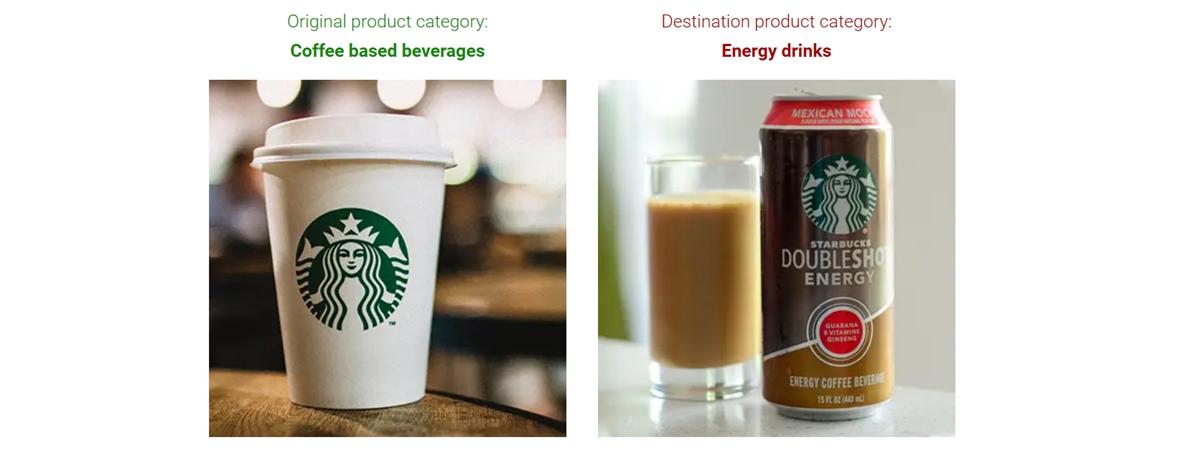
In early 2008, Starbucks partnered with Pepsico to release the Starbucks Doubleshot Energy and Coffee beverages. In order to do this, Starbucks’ brand has changed into convenience stores and a new section of the grocery store.
After that, Starbucks came out its Starbucks Doubleshot coffee, espresso, and mocha flavors are designed after other beverages on the Starbucks menu. Hence, the Starbucks name has a legitimate claim, but a coffee-based energy drink here might make the Starbucks brand reinforce, or confuse at the same time. If the beverages are tasty, then there will be no problem. But the tastes of the drinks might suffer from the ready-to-drink and shelf-stable nature of the product.
As a matter of fact, Starbucks is renowned for their reputation for premium quality. Then they will not be able to afford to have an inferior product on the shelves. The program has been kept running for about 10 years, which means there are many people who enjoy them.
Mailchimp
As you might have already known, Mailchimp is an amazing success example that every small business owner should know. The company has been grown by Ben Chestnut, Mark Armstrong, and Dan Kurzius to become one of the leading email marketing platforms with no venture funding. The company has stated that they have no equity investment, then they can generate incredible wealth with minimal resources.
The success lies in simplifying the intimidating, but important process of emailing customers in mass. They have invented on the pricing structure and HTML email editor so that non-techy small business owner can stay in a comfortable way when they contact with their customer base.
On the other hand, the industrious founders found this not good enough when they need their sites to show the entire customer relationship management and the marketing automation sectors as well. There is the Marketing Tech, or MarTech, which has been considered as a powerhouse of growth, spitting off companies like Hootsuite, HubSpot, and Marketo. This MarTach has pulled the attention of many big players like Adobe and Salesforce as they want a piece of the action.
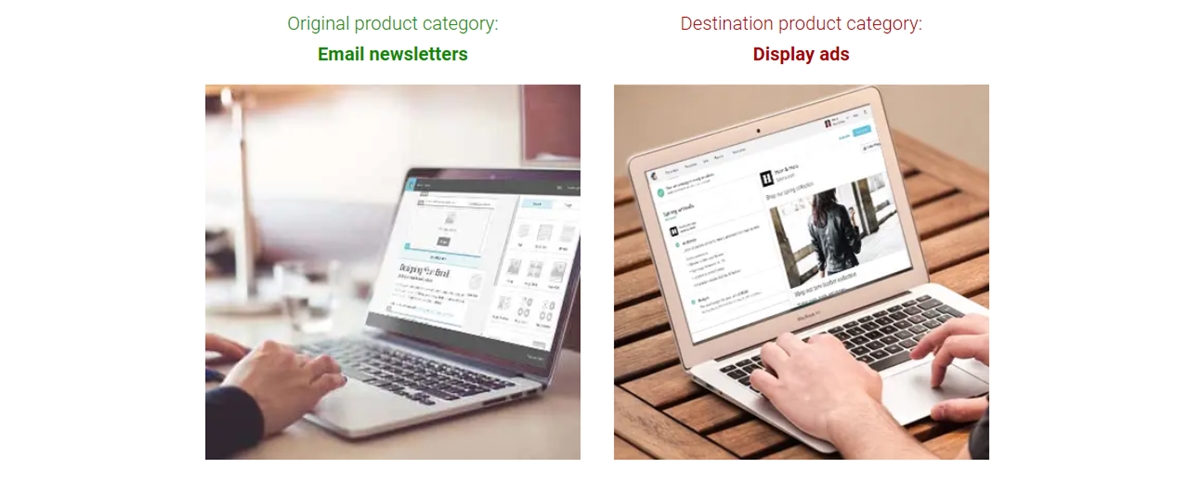
Even there is a big amount of value created from MarTech, but the tools are still hard to understand for the average person. It is barely for a full-time marketing technologist to get his or her tools to work together.
As a result, a small business owner feels like impossible to leverage the technology. When it comes to a huge eCommerce company, then they might be able to hire a CMO and a fleet of technologists to eke out 5 percent or more ROI on a 50 million dollar ad buy, a mom and pop shop now are going to be left behind. Nevertheless, Mailchimp is going to be rescued, and it can bring their brand with approachable technology to all the smaller players.
What is more, the lists of names, email addresses, IP addresses, and cell-phone numbers of MarTach are the nucleus so that all these services can orbit around. In case you would like to run customized ads, or retargeting or abandoned cart follow-ups, then you will need personally identifiable data. Plus, with the availability of General Data Protection Regulation (GDPR) and new California laws, you should be careful in the way you choose to pass this data around as the data has been in Mailchimp all along, and you should keep it there for the best result.
At present, Mailchimp is now a full-service marketing platform. Back in 2017, they have begun to assist their email newsletter clients in creating Facebook ads with a workflow like a form of crafting an email.
Ferrari
Ferrari is a company in Italy that has been manufacturing sports cars since 1947. Its co-missions is about producing expensive, unique, high-quality sports cars and dominating racing as well. It is famous for its speed, excitement, luxury, and engineering excellence. The brand has its consistency in utilizing a specific shade of red, including Rosso Corsa / racing red to make their brand instantly recognizable.

Ferrari has begun to put its name on theme parks in a page out of Disney’s playbook. Ferrari World was opened to the public on Yas Island in Abu Dhabi in the United Arab Emirates in 2010 with the statement to own the fastest roller coaster in the world: Formula Rossa. Later in 2017, Ferrari land was generated as an extension of the Spanish entertainment resort PortAventura World.
Until now, Ferrari Land is said to be home to Red Force, the tallest and fastest roller coaster in Europe.
In the past, Google released their search engine in 1998 for early internet users to access the whole website. Meanwhile, Yahoo and Lycos were designed to direct people via the lists of links and poorly ranked search pages. At that time, most people could not truly search the internet.
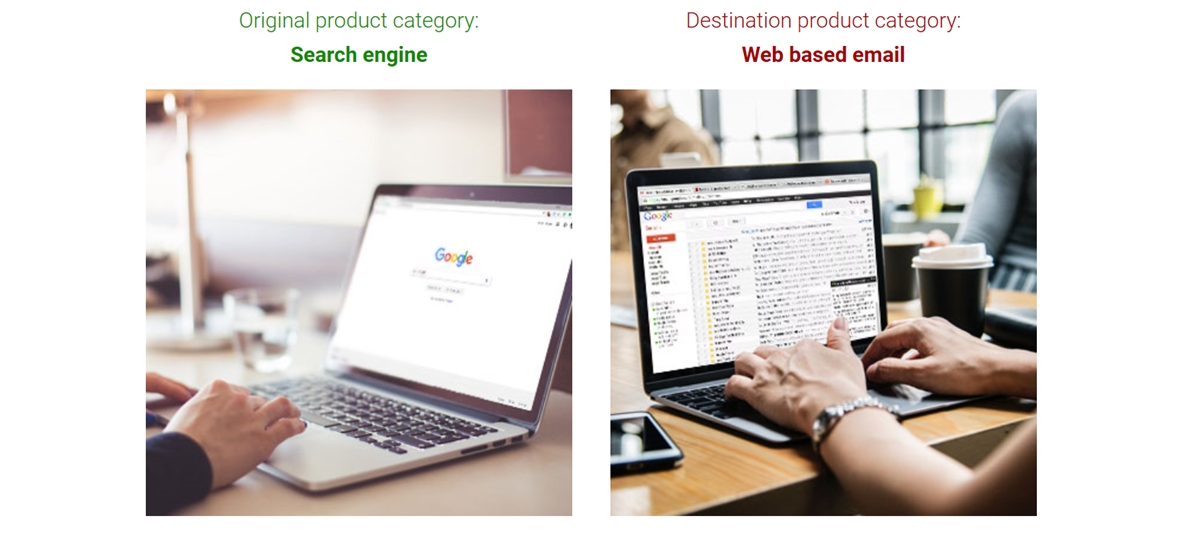
When it comes to Email, the story was different. The email service has never caught the attention of founders of Google, Larry Page or Sergey Brin. Until the Google team worked on it as a secret project, after that, it was set on the first run on a number of Pentium III computers that no one wanted.
At the moment, when also the whole company was utilizing Google Mail as their email client, then the executives thought about this invent as something worth sharing with the world. Subsequently, email service was first introduced by the slowly restricted signups via invitations and growing people’s server disk space over time. Gmail service was a beta product released for years, which is a signal to those who were developed completely.
Colgate
Knowing that Colgate’s toothpaste and toothbrush are those complementary goods, so they had a combination like Aunt Jemima’s pancake mix and syrup. However, this case is quite different when you literally need a toothbrush to use toothpaste. If not, you will not be able to brush your teeth. So this Colgate’s decision to get in the toothbrush market was a wise thing to do because later, this thing was their best moves in helping them to get to a place of the third-largest slice of the oral care market.
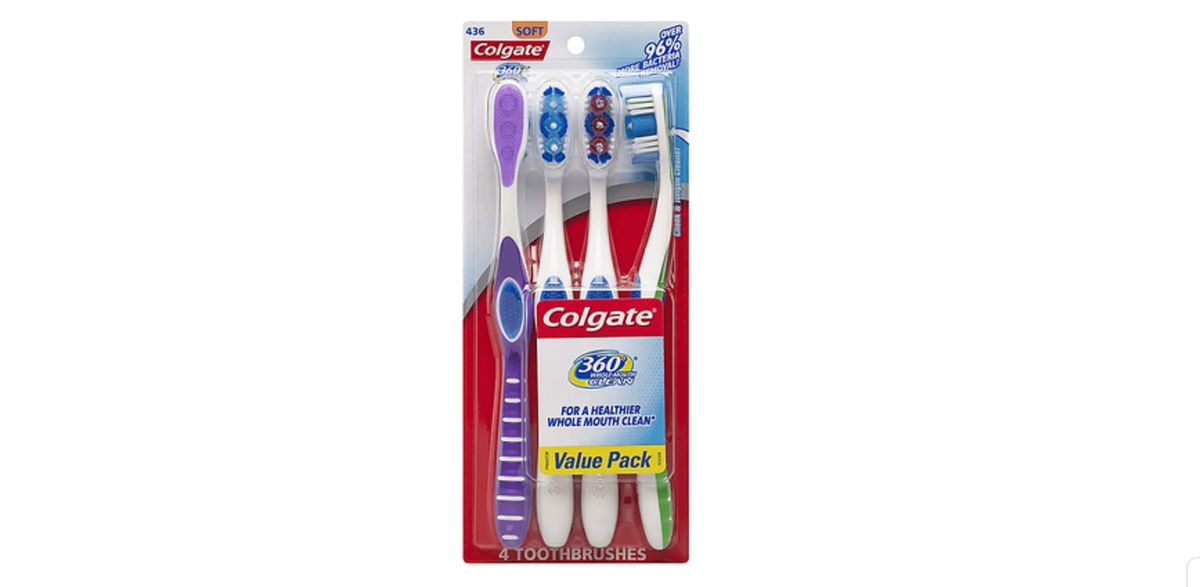
Honda
Honda is a company that is mostly known for selling cars. But Honda’s line of lawnmowers is also a good example of brand extension. Specifically, Honda has made its entrance and success in a saturated market, when there are many kinds of lawn mowers by leveraging their expertise in small motors to invent the lawnmower to sell in 1978. Until now, they have achieved to be the seventh-largest slice of market share in the global lawn mower industry.
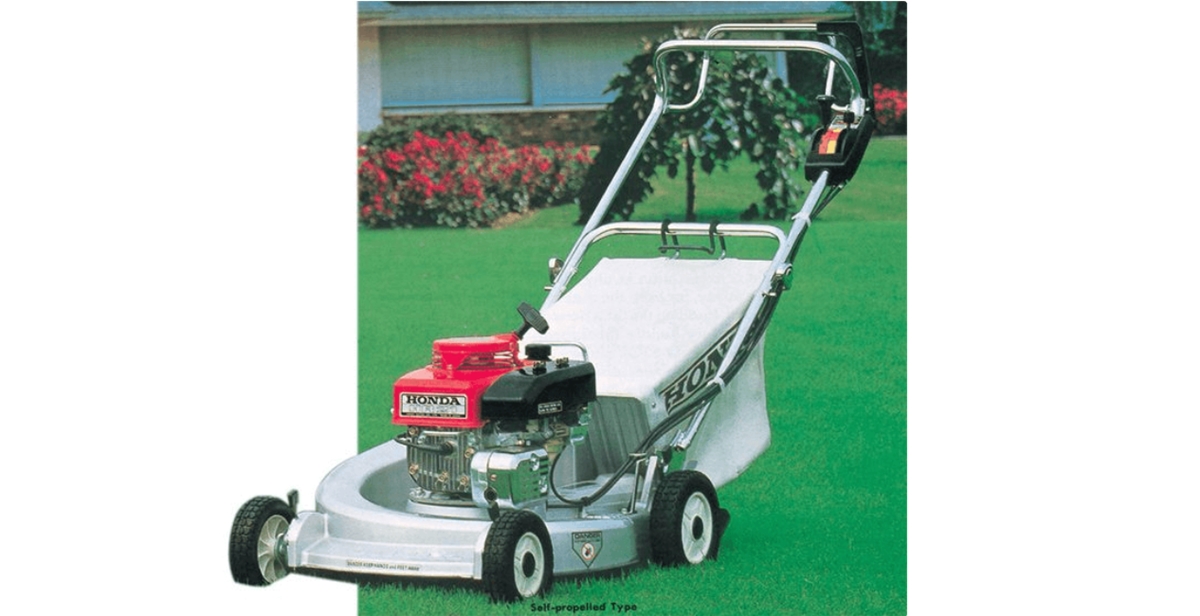
Conclusion
In conclusion, brand extension denotes the process of a company that utilizes its impact on the moment they launch the new product in a different category. This brand extension form works logically refers to the transfer of a network of associations, which you can see will drive customers to buy the new product more.
So, this section has wrapped my article today about Brand Extension: Definition, Strategies and Examples. I hope you will find the information here useful, and somewhat, you can apply it to make your business succeed. If you still have something on your mind, feel free to let us know so that we can help you make things easier.
New Posts

How To Set Up Google Analytics 4 For Your BigCommerce Store






